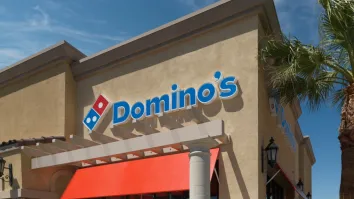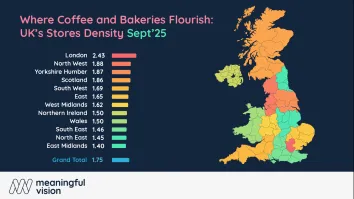
Food and drink inflation doubles in January
Long-term sanctions on Russia’s economy might well raise inflation to levels “not seen for a generation,” Prestige Purchasing’s CEO said.
Food price increases accelerated sharply in January with more price rises to come.
According to the CGA Prestige Foodservice Price Index, year-on-year inflation of food and drink ran at 7.9%, more than twice the rate in December.
For the first time since its inception in 2016, every category in the index showed a month-on-month increase, with food rising 4.4% across the board compared to the previous month.
Notable categories that increased prices month-on-month in January include oil and fats (7.9%), milk, cheese and eggs (6.8%), mineral water, soft drinks and juice (2.9%) and fish (2.6%).
While the impact of COVID-19 on prices has begun to recede, the rising cost of energy, petrol and diesel now dominate. In Britain, Brexit policy has stifled the labour market leading to shortages of product and higher wage costs for food and drink.
The report said the “unusually” high levels of inflation were recorded before the Russian invasion of Ukraine, which is anticipated to prompt further price rises across a number of food categories including wheat, sunflower oil, barley, corn, potatoes and rice.
Sanctions on Russia are likely to cause rises in oil and gas prices, driving food and drink inflation even higher.
Shaun Allen, Prestige Purchasing CEO, said:“Even before the Russian invasion of Ukraine we were predicting high levels of inflation during the first half of 2022. A protracted conflict, coupled with long-term sanctions on Russia’s economy might well raise inflation to levels not seen for a generation. Operators can no longer take supply stability for granted and should take action to optimise their supply.”
James Ashurst, client director at CGA, added: “Hospitality was starting to make a robust recovery from the effects of the pandemic and following a tough winter period. These inflation figures pose further challenges to businesses which are already squeezed by rising costs and pressure on supply chains.”
























